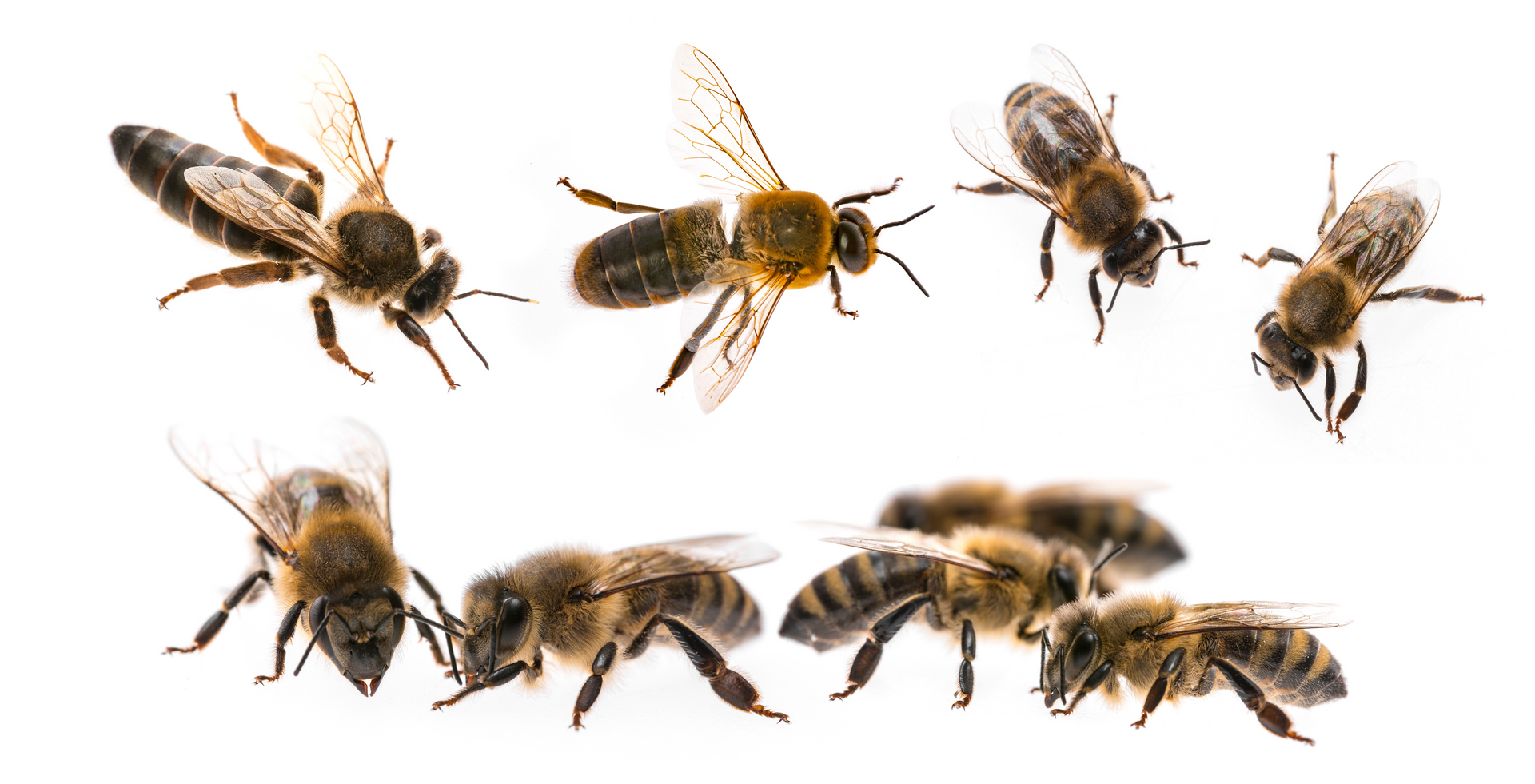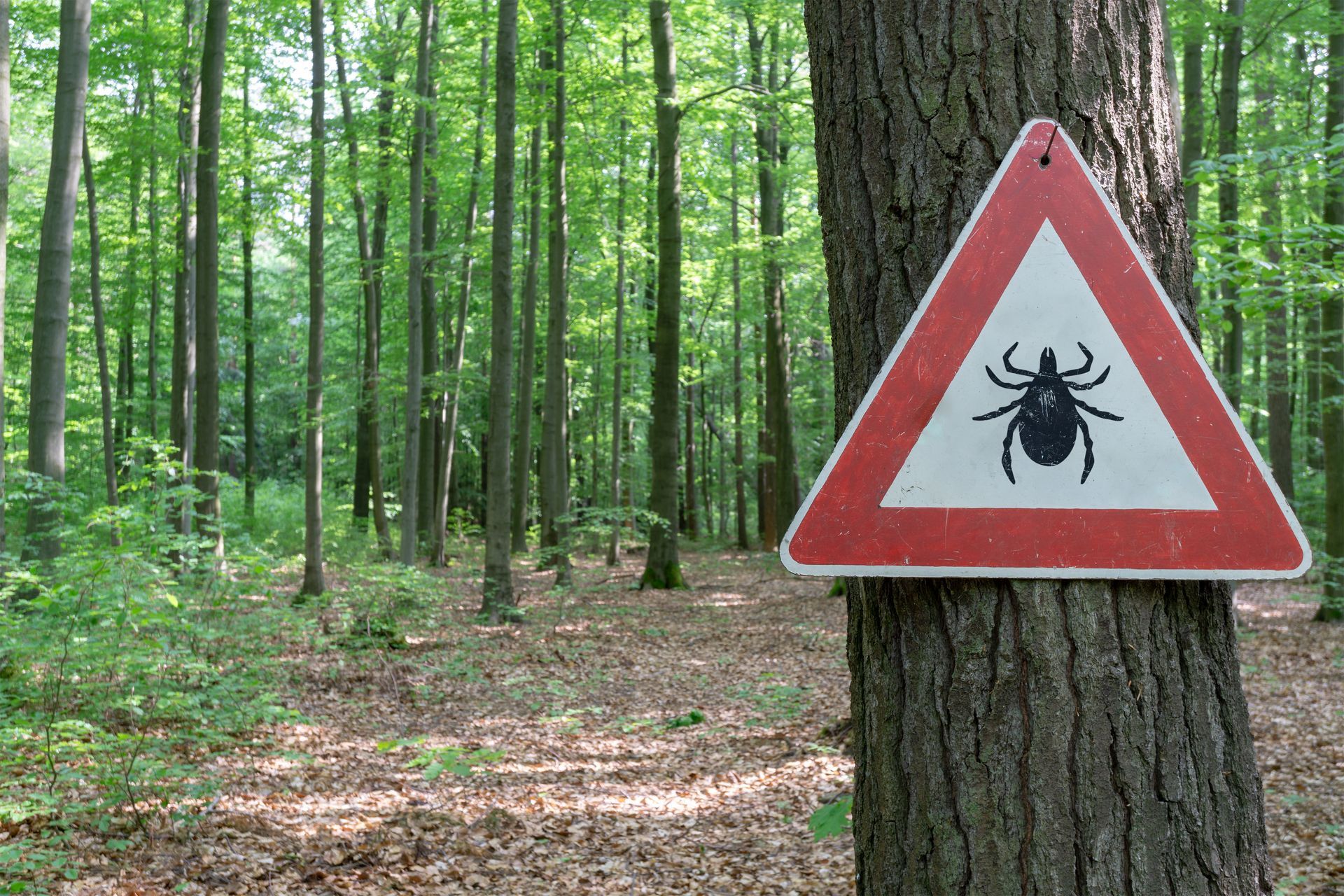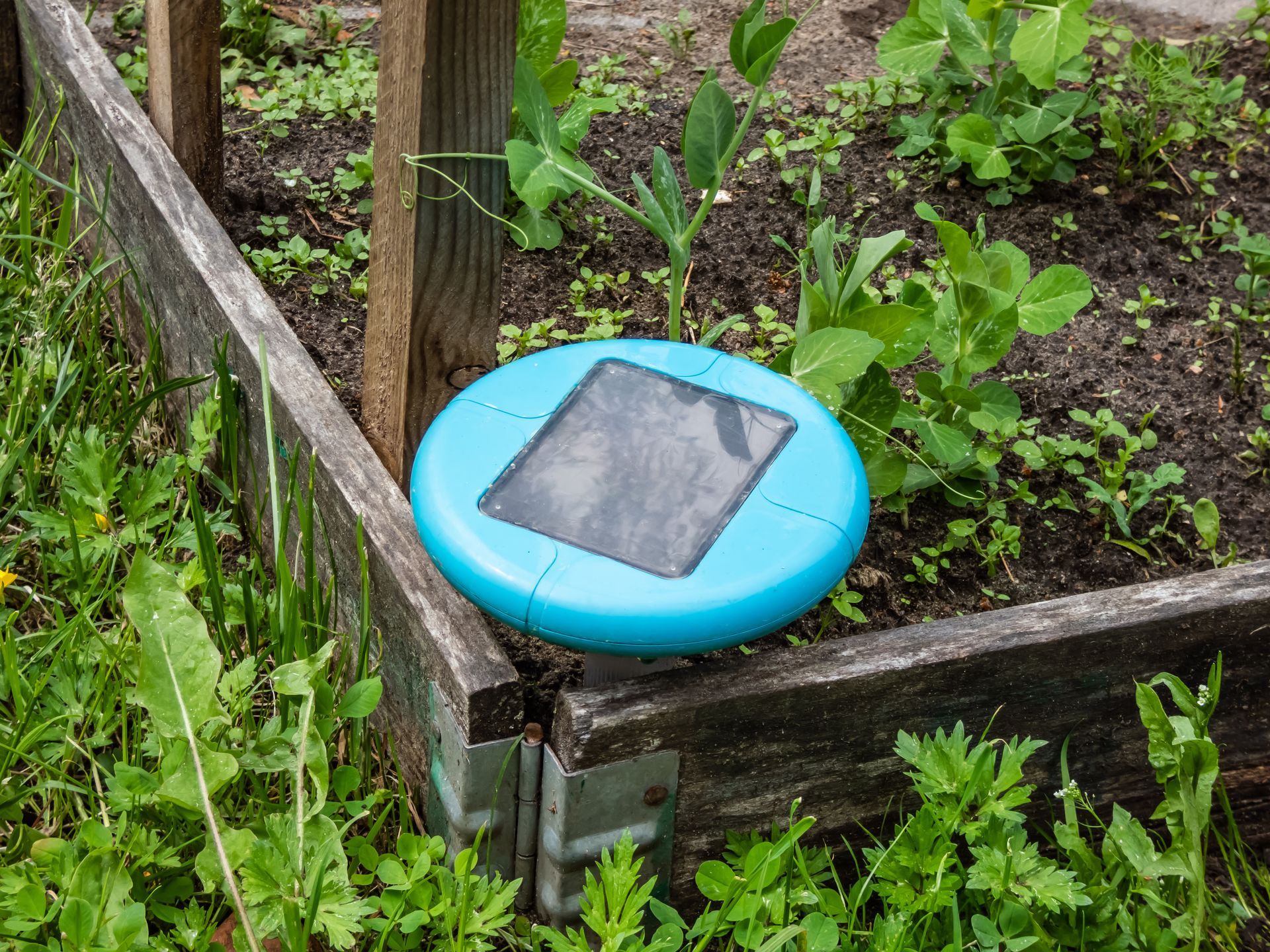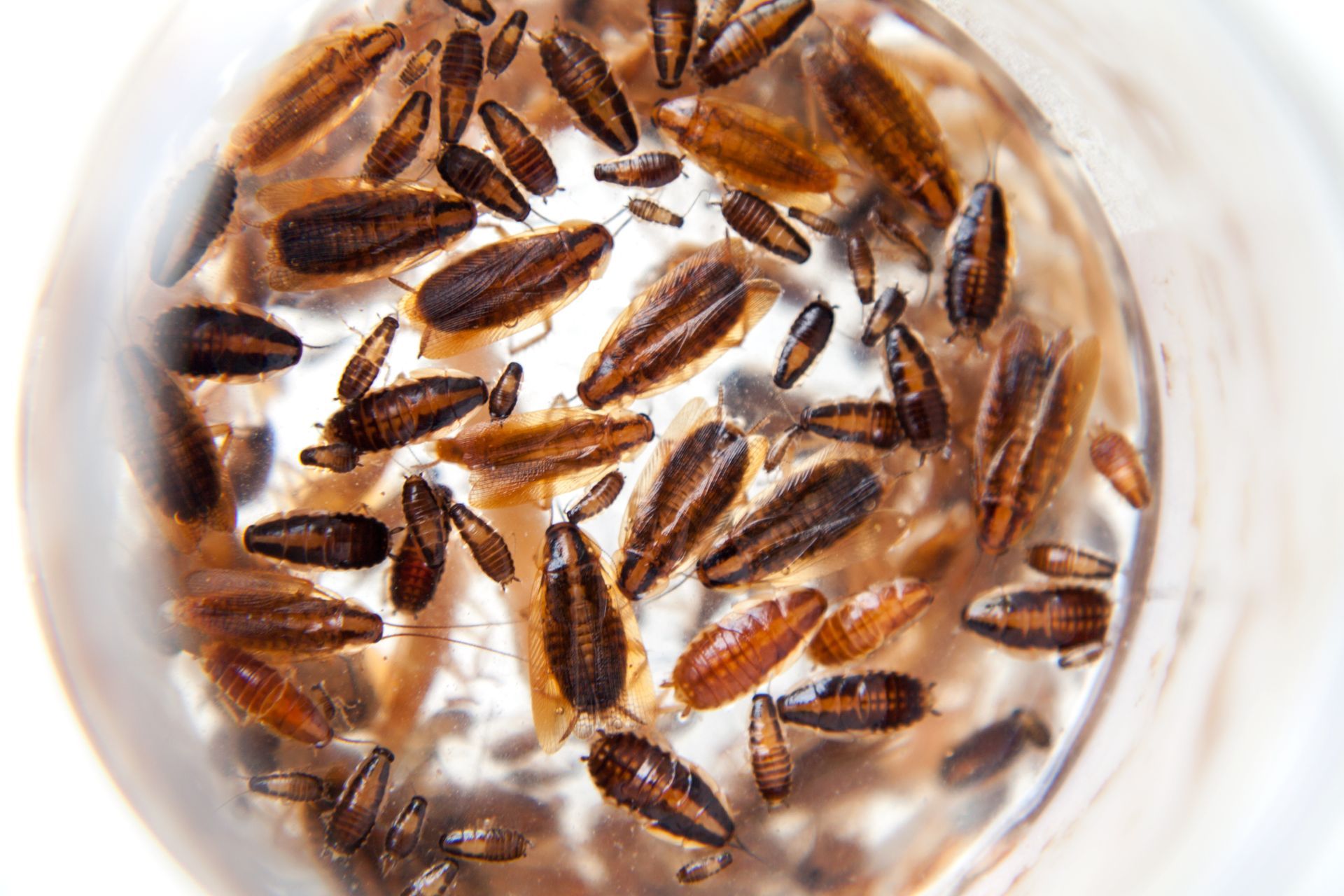Why are Flying Ants a Problem?
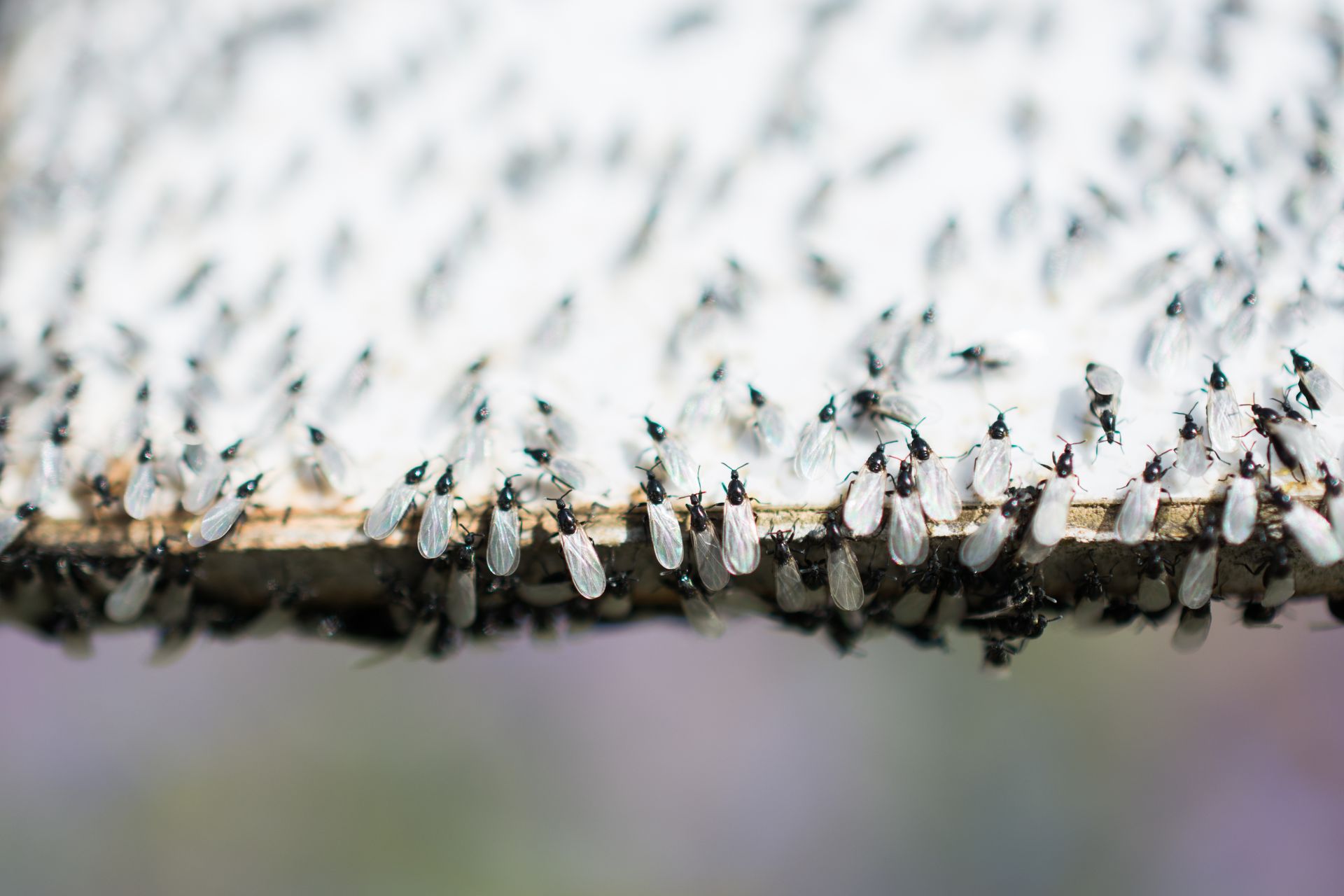
Flying ants can be a concerning sight especially when they are spotted inside a home. These winged ants are typically mature individuals ready to breed which likely means they are preparing to establish new colonies close by. These ant swarms usually gather around specific land structures during mating periods which results in an impressive, yet potentially troubling spectacle. Despite the initial fear they may induce, it's important to note that flying ants are not typically harmful to humans. However, their presence often signifies a larger ant problem that may require professional pest control to manage.
What are Flying Ants?
Flying ants are also known as alates, swarmers, or reproductive. They are a specific group within an ant colony that develops wings at certain times of the year. Contrary to the majority of ants that are wingless, these winged ants are usually mature individuals with the potential to start new colonies. These winged insects play a critical role in the lifecycle of an ant colony as they are tasked with expanding their colony's reach. They become particularly visible during swarming events when they congregate around light sources, windows, or doors, which can be a significant nuisance for homeowners and businesses.
Why Do Ants Develop Wings?
Ants develop wings as a part of their lifecycle and reproductive process. Winged ants are sexually mature ants that are created by the queen and nurtured by worker ants in the colony. The process begins when an ant colony grows too large and needs to expand to relieve pressure on resource consumption. Preselected young ants are fed special food by worker ants which enable them to mature sexually and grow wings. The mature male and female ants then depart their colony for a "nuptial flight" or "dispersal" where their main objective is to mate and expand their colonies. It's worth noting that the timing of these flights can vary depending on species and climate with mid-spring being a common time for many. After mating is completed, the males die while the females embark on a solo journey to find suitable nesting sites. Upon locating a new site, the fertilized female removes her wings and begins the demanding task of establishing a new colony as the new ant queen. During her reign, she will lay thousands of eggs over several years of her lifetime.
How to Identify Flying Ants
Flying ants can be identified by a few key features. These ants are characterized by their elbowed antennae and thin waists which constrict at the thorax. Another defining attribute is their unequal wing size, with the hind wings being smaller than the front wings. These features distinctly set them apart from other winged insects. Recognizing these attributes is essential for accurate identification and management of these pests.
How to Tell the Difference Between Flying Ants and Flying Termites
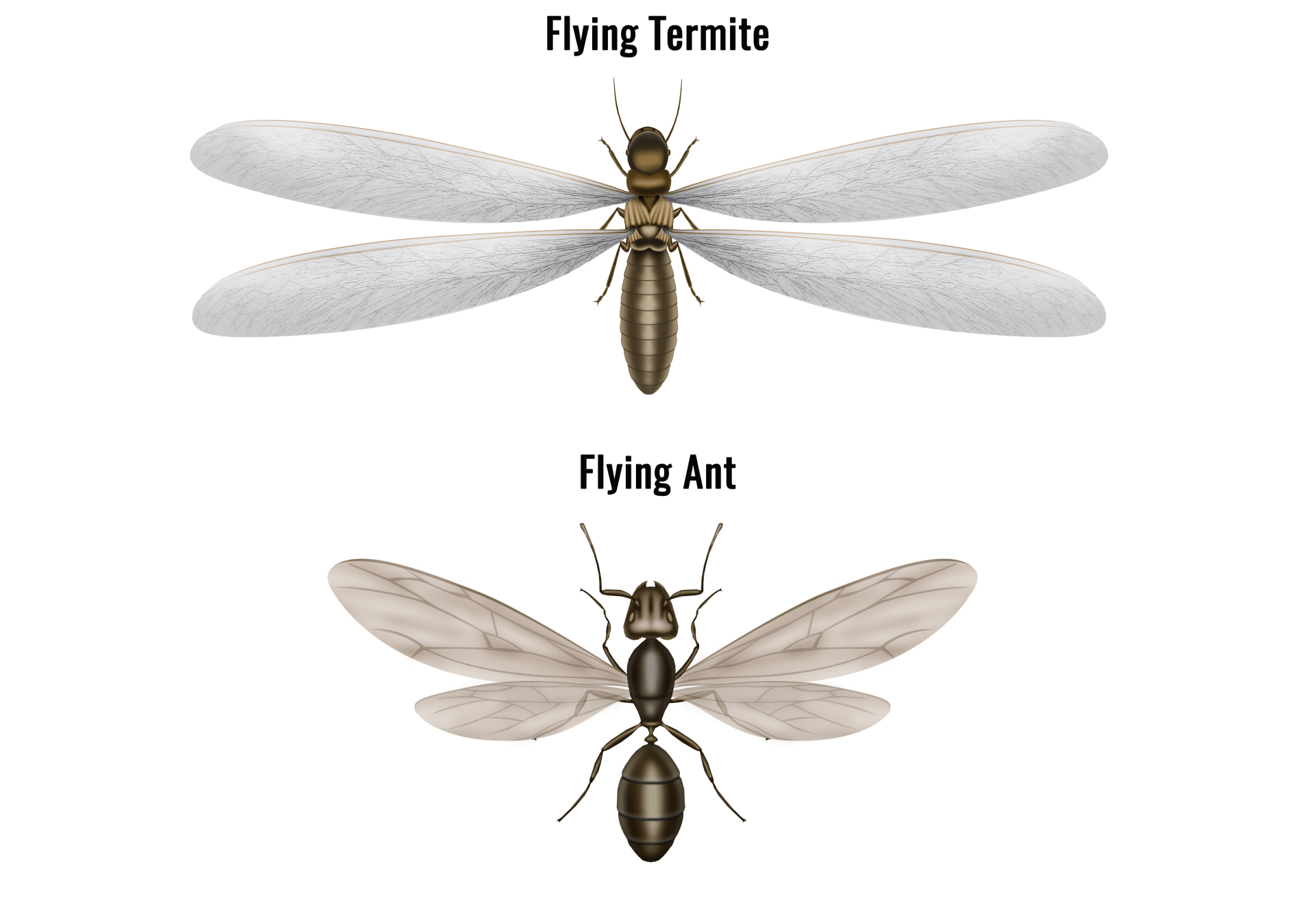
Distinguishing between flying ants and flying termites can be accomplished by paying close attention to a few key physical characteristics. When examining the wings, termite wings are equal in length and typically twice as long as their body, whereas flying ants have unequal wings with the front wings being larger than the hind ones. The antennae of termites are straight which is different compared to the bent or "elbowed" antennae of flying ants. Body structure provides another clue; termites have a broad body without a noticeable waist while flying ants possess segmented bodies with clearly pinched waists. Lastly, color can be a useful indicator. Termites are typically black or dark brown and have clear wings, whereas flying ants can range from black to brown or even reddish with brown-tinted wings. Recognizing these characteristics is crucial in accurate pest identification so the correct treatment can be applied.
When Do Flying Ants Appear?
Flying ants most commonly appear when specific environmental conditions happen. These conditions typically occur after 3 – 5 days of rainfall and include low winds, high humidity, and warm temperatures. Such conditions often occur in late spring and early summer which leads to a surge in sightings of winged ants during these periods. This makes the appearance of flying ants somewhat predictable because the swarms follow an almost clockwork pattern tied to favorable environmental conditions. However, it's important to note that various ant species have different swarming times throughout the year. It’s also important to note that most species will swarm during the day at different hours, but some species also swarm at night.
Do All Ants Develop Wings?
Contrary to popular belief various species of ants can grow wings and fly at specific stages of their life cycle.
Carpenter Ants
Carpenter ants are known to swarm during specific periods between April or May which coincide with the onset of warmer temperatures. In warmer-than-usual springs, these ants may initiate swarming as early as February or March. Identifying large numbers of winged carpenter ants around your property during this time is a strong indication of an infestation. The swarming carpenter ants exhibit distinct characteristics. They measure between 1/4 to 1/2 inch in length and their coloration can vary, ranging from black, brown, red, to yellow. The front wings are longer while the back wings are smaller and narrower. It is common to observe these ants flying near windowsills or light fixtures as the warmth and light emanating from these areas tends to attract them.
Fire Ants
Swarming fire ants typically emerge during the spring and continue their swarming activity throughout the late fall season. Rain events that follow dry periods serve as a trigger for their swarming behavior which make swarms of flying ants particularly common one to two days after rain occurs. The primary purpose of winged fire ants during this period is to mate and reproduce as opposed to engaging in aggressive behaviors like biting or stinging. Therefore, the likelihood of being bitten or stung by these ants while they are in flight or searching for a nesting site is highly improbable. Identifying swarming fire ants in your yard or farm can serve as an important indication that new colonies will soon establish mounds in the surrounding landscape.
Crazy Ants
Crazy ants are known for their swarming tendencies and pose a significant challenge in pest control. These ants often infest industrial sites such as sheds and pumps in rural areas and an invasion can lead to electrical short-circuiting. This occurs as their bodies create connections between electrical contacts which result in their electrocution. This also results in the release of an alarm pheromone which signals a perceived attack to their colony. This then draws more ants to the location which results in a repetitive cycle of electrocution and pheromone release, consequently damaging appliances and leaving them filled with dead ants.
White Foot Ants
The swarming behavior of white footed ants typically becomes prominent during the summer months when the colony becomes overpopulated. Such conditions drive reproductive females to venture out in search of mates and establish new colonies. The versatility in their nesting habits makes them even more challenging to control as these ants establish nests virtually anywhere at or above ground level. Outdoor nesting sites include areas under leaves, in loose soil, tree holes, or loose mulch. Indoors site may include attics, voids in walls, or foundations.
Harvester Ants
Red harvester ants are notorious for their annual mating swarms and are especially active in warm climates and at high altitudes. These swarms usually follow rainfall or significant storms and predominantly take place in August and September. Swarming synchrony among neighboring colonies can lead to the sudden emergence of substantial numbers of winged ants in specific areas. In a behavior known as "hill-topping," these ants gather at prominent landscape features such as tall trees, chimneys, and towers to aid their search for mating partners.
Are Flying Ant Swarms Dangerous?
Although flying ant swarms may appear intimidating, they pose no greater threat than their ground-crawling counterparts. The primary purpose of these aerial displays is mating. However, the bite or sting potential of these winged ants mirrors their respective species characteristics:
- Non-Biting/Stinging Species: If an ant species is not known for biting or stinging, its winged version won't do so either. These flying ants are essentially harmless to humans.
- Biting Species (e.g., Carpenter Ants): Winged ants of a biting species, like carpenter ants, retain their biting ability. However, they typically bite only when they feel threatened.
- Stinging Species (e.g., Fire Ants): Similarly, if an ant species is known for its stinging defense like fire ants, their winged counterparts can sting as well.
It's worth noting that while in flight during their mating swarm, it is highly unlikely that these ants will bite or sting as their focus is dedicated to mating at the time of their nuptial flight. The risk only increases when they are crawling or land, just as with any other ant. Regardless, it's advisable to avoid direct contact with these swarms and exercise the same caution as you would with any ground-based ants to minimize the chances of getting bitten or stung.
Where Do All the Flying Ants Go?
The ultimate purpose of flying ants is mating and after fulfilling this objective, male ants typically die. Meanwhile, fertilized females which are now the future queens embark on a search for suitable nesting sites. Some queens may opt for decaying wood while others might seek cracks in pavements or suitable spots in soil, tree holes, or under shingles. This quest could also lead them inside human dwellings which can be problematic. In such cases, professional pest control should be consulted for safe extermination.
Upon locating an appropriate nesting site, the new queen discards her wings which indicates the end of her flying life. She then begins the task of establishing her colony. This remarkable lifecycle transition reveals the intriguing adaptability and survival tactics of these flying ants.
How to Prevent Flying Ants
Effective prevention of flying ants' invasion into your home hinges on a triad of key strategies:
- Elimination of Food Sources: This is a critical first step to ward off winged ants. They are perpetually in search of sustenance and the absence of a reliable food source in your house would deter them from infesting. Ensure all outdoor consumables are kept in sealed containers and regular cleaning is done. By cutting off the food supply, the ant colony is deprived of the necessary resources to thrive and is forced to move on.
- Sealing Cracks and Holes: A successful exclusion of winged ants should be followed by proactive measures to avoid reinfestation. This involves thorough inspection of your home for potential entry points such as small cracks, crevices, and holes in walls, baseboards, or around windows and doors. Ensuring these gaps are effectively sealed will significantly mitigate the risk of another invasion. An upfront investment of effort in this can save you considerable inconvenience in the future.
- Replacement of Damaged Wood: Ants are opportunists and are drawn to weak spots such as damaged or rotting wood for penetration into your home. Replacing these compromised structures strengthens your home’s defenses against these tiny invaders.
By diligently applying these tactics, you can create an environment that is much less inviting to winged ants, effectively keeping them at bay.
How to Get Rid of Flying Ants
Eradicating winged ants requires not only addressing the visible pests but also eliminating the source: their breeding colony. Here are a couple effective methods to help you tackle an infestation:
- Utilize a Vacuum Cleaner: A prompt response to an ant infestation can be deploying a handheld or a traditional vacuum cleaner with a hose attachment. It's a simple yet effective method of clearing a large number of winged ants quickly. However, it's essential to immediately dispose of the vacuum bag outside your residence.
- Target the Ant Colony: Simply eliminating visible ants won't fully resolve the issue as the root cause is their breeding colony. Ant baits are a highly effective strategy that mixes a sweet substance with an ingredient like borax that ants consume which disrupts the ants' reproductive cycle. Ants are attracted to the bait and transport it back to their nest which leads to the eradication of the entire colony. Be patient though, this process doesn't happen overnight and requires persistence.
By employing these methods, you can effectively manage and eventually eliminate a winged ant infestation from your home.
Contact EcoGuard Pest Management if You Are Dealing with Flying Ants
If you're currently facing a challenging situation with flying ant swarms and the infestation seems to persist despite your best efforts, it may be time to seek professional assistance. EcoGuard Pest Management is ready to help you tackle the issue effectively and efficiently. Their knowledgeable team understands the behavior and habits of flying ants which enables them to develop customized strategies to address your specific situation. Don't let flying ant swarms disrupt your peace of mind any longer. Contact EcoGuard Pest Management today for expert guidance and a comprehensive solution to your pest problem. Trust their experience to provide you with the peace of mind you deserve in your pest-free home.



